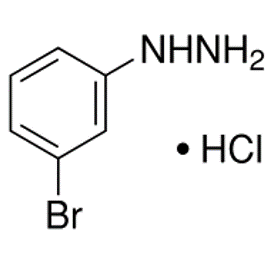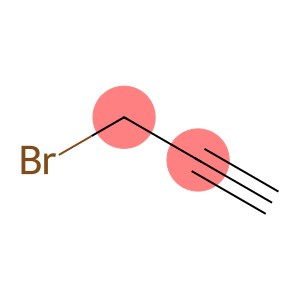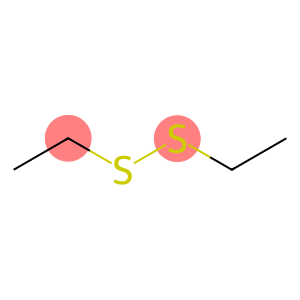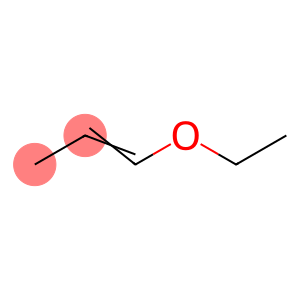3-Bromophenylhydrazine hydrochloride(CAS# 27246-81-7)
| Risk Codes | R34 – Causes burns R36/37/38 – Irritating to eyes, respiratory system and skin. |
| Safety Description | S26 – In case of contact with eyes, rinse immediately with plenty of water and seek medical advice. S36/37/39 – Wear suitable protective clothing, gloves and eye/face protection. S45 – In case of accident or if you feel unwell, seek medical advice immediately (show the label whenever possible.) S37/39 – Wear suitable gloves and eye/face protection |
| UN IDs | UN 1759 8/PG 2 |
| WGK Germany | 2 |
| RTECS | MV0815000 |
| HS Code | 29280000 |
| Hazard Note | Harmful |
| Hazard Class | IRRITANT, HYGROSCOPI |
| Packing Group | Ⅱ |
Introduction
3-Bromophenylhydrazine hydrochloride is an organic compound with the chemical formula C6H6BrN2 · HCl. The following is a description of its nature, use, preparation and safety information:
Nature:
3-Bromophenylhydrazine hydrochloride is a solid, white crystalline powder. It is stable at room temperature, but may decompose under high temperature or light. Its solubility is good, can be dissolved in water. It is a toxic compound that requires careful handling.
Use:
3-Bromophenylhydrazine hydrochloride has certain application value in the process of organic synthesis. It can be used as a reagent for the synthesis of dye intermediates and the synthesis of compounds in the pharmaceutical field.
Method:
A common method for preparing 3-Bromophenylhydrazine hydrochloride is to first synthesize 3-Bromophenylhydrazine, and then react with hydrochloric acid to obtain hydrochloride.
For example, 3-Bromophenylhydrazine can be reacted with hydrochloric acid to form 3-Bromophenylhydrazine hydrochloride.
Safety Information:
Due to the toxicity of 3-Bromophenylhydrazine hydrochloride, attention should be paid to safety when used. It may cause irritation to the human body and may cause respiratory irritation when touched or inhaled. Contact with skin and eyes should be avoided, and appropriate protective gloves and goggles should be worn during use. Avoid the spread of dust and particles during operation, and ensure that the operation is well ventilated. In case of accidental contact, rinse immediately with plenty of water and seek medical help. During storage and handling, the relevant safety regulations should be followed.








